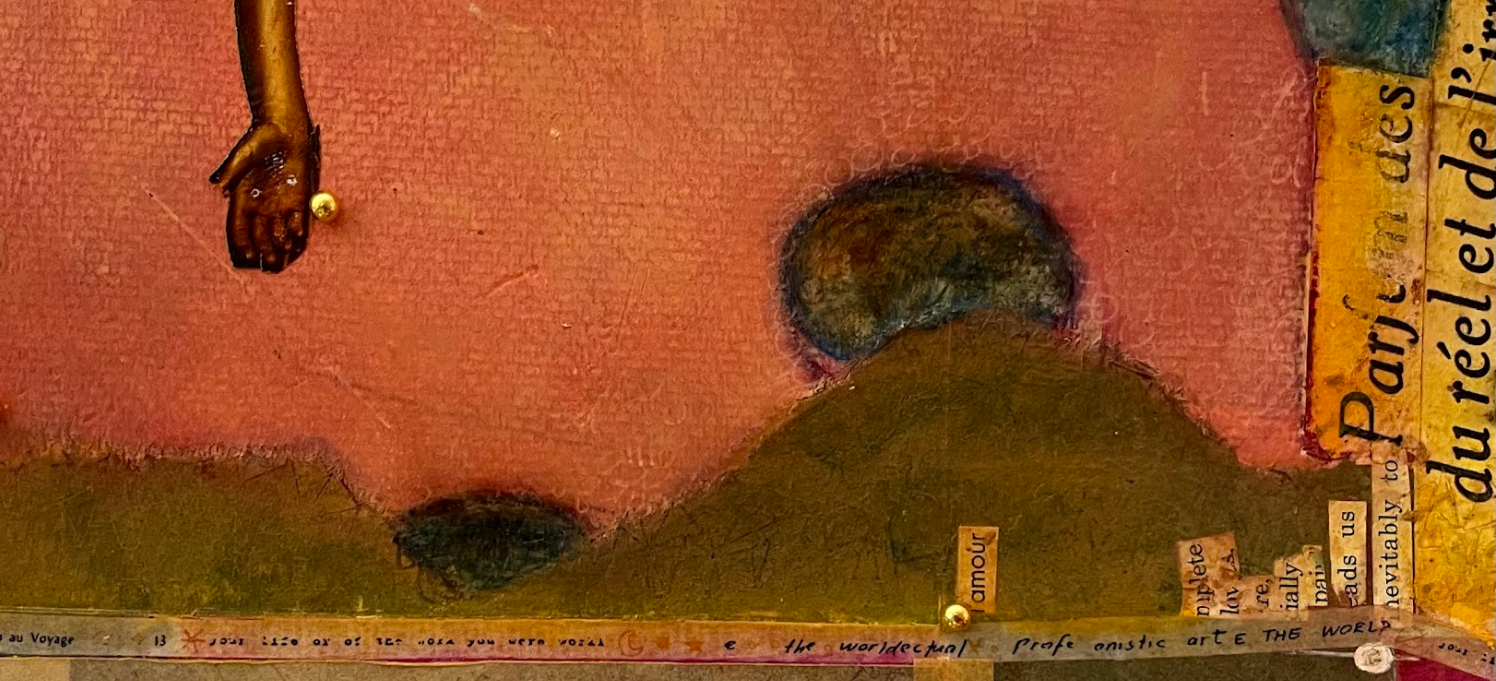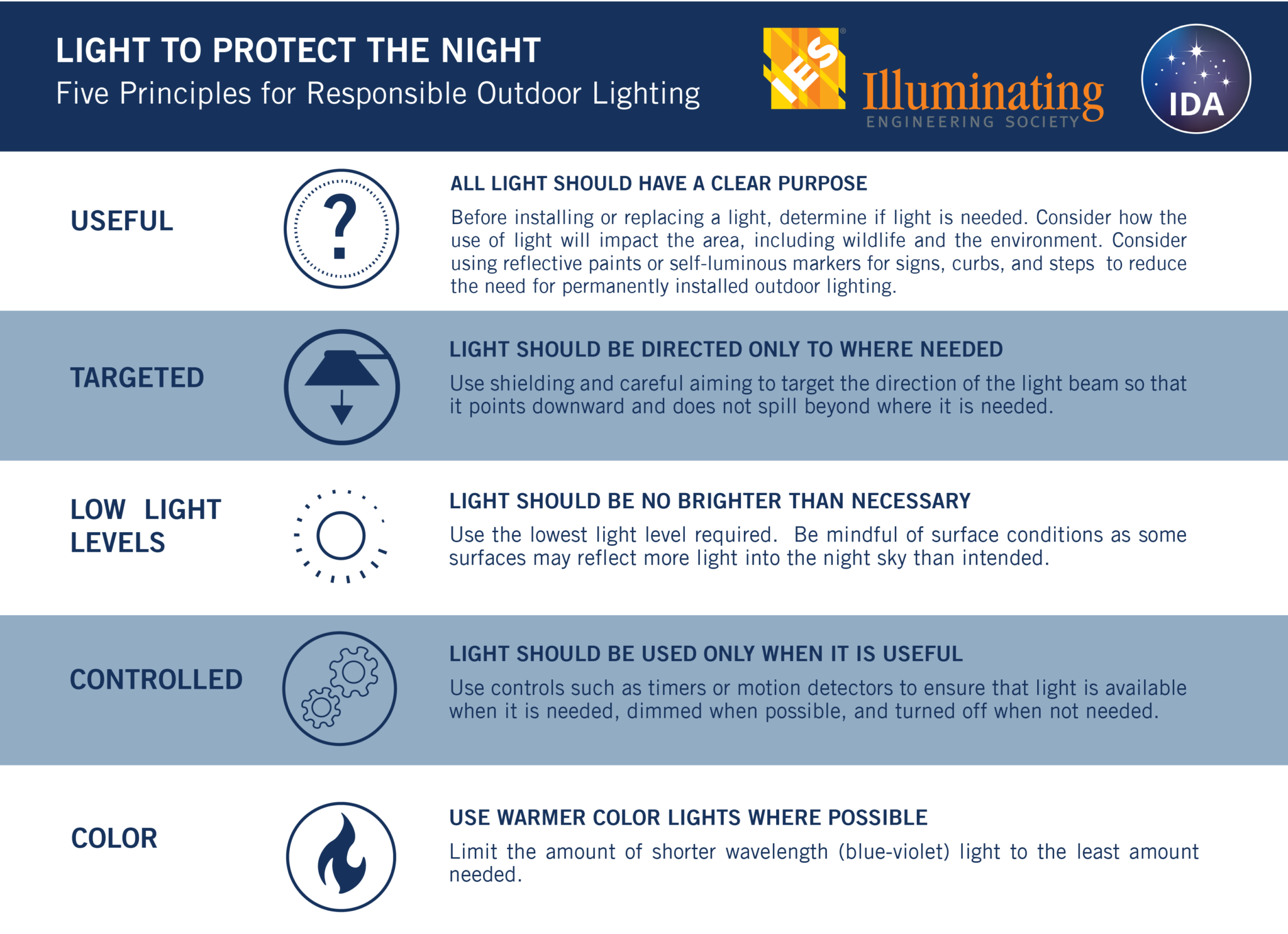Lighting for Thin Places
Micène Fontaine, October 18, 2022
"Have you ever heard of thin places?" Amy asked me at a meeting with local artists. I replied that I had not.
"Rare locales where the distance between heaven and Earth collapses." is how Eric Weiner - quoted in The Guardian by Oliver Burkeman - describes "thin places." Burkeman adds that some call them "'the places in the world where the walls are weak,' where another dimension seems nearer than usual."
Staring at a starry night will elicit that feeling for many - yet for most of us - city dwellers - the experience is increasingly rare.
The culprit? Light pollution. As with all things - even good ones like light- it has drawbacks. In the case of light pollution, it disrupts our circadian rhythm, but - perhaps more importantly - it disrupts local ecosystems, which has cascading consequences that affect us all. After all, healthy buildings are only as healthy as the ecosystems they are a part of.

What is light pollution?
- Sky Glow. Picture yourself driving from the desert into Las Vegas at night - what you see from afar, though it might look pretty, that's sky glow.
- Light Trespass. A light that shines right into your bedroom window, that's light trespass.
- Glare. So much light hits your eye directly that it's almost blinding; that's glare.
- Clutter. Just what it sounds like, too many sources of light. It creates confusion. We can't tell which is near or far; that's clutter.
The solution? Some cities have ordinances, and the International Dark Sky Association has thorough recommendations. Somewhere in between are sensible steps architects and interior designers can take and conversations they can have with their clients to lessen or eliminate lighting pollution. Luckily, the Illuminating Engineering Society (IES) partnered with the International Dark Sky Association (IDA) and put together the infographic below, which is a fantastic place to start.
Now that you know the basics, you might wonder where to source dark sky-friendly lighting fixtures. Look for fixtures that received the IDA's seal of approval.
For a deeper dive into this topic, check out the International Dark-Sky Association's recommendations or our Change by Design session with Dr. Rea on "Sensible Approaches to Light Pollution."
Here is to looking up at the stars - by design.





